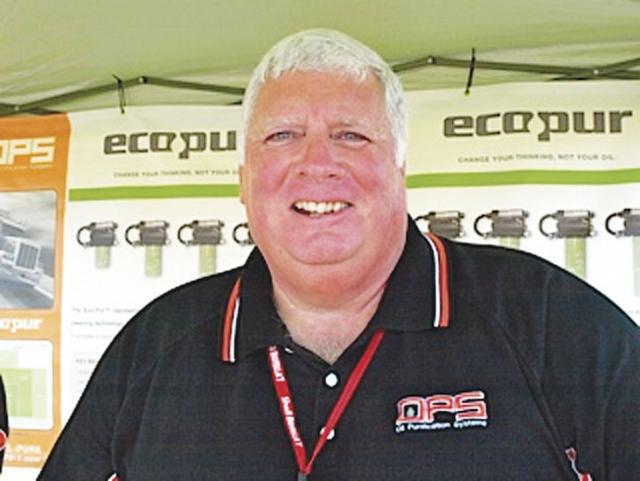Understanding Oil Contaminants

At this year’s Mid America Truck Show I was asked many questions about oil sampling and how it would help to lower costs. I was surprised how many people still are not doing any oil sampling. They just change oil every 10-15,000 miles and dump the oil missing a valuable opportunity to gain knowledge of the inner health of their engines.
This may be a good time to review some of the basics of oil sampling and why sampling should be an integral part of any preventive maintenance program.
While oil analysis is not required for a cyclical oil drain interval program as oil is drained at a predetermined mileage or hours of use, it will provide valuable information that will improve any preventive maintenance program. The sample results will:
• identify potential engine problems
•confirm the oil purchased is oil supplied by vendor
•provide documentation for warranty claims
• identify systematic issues for fleets
•Document driver abuse and/or negligence – low oil levels etc.
• Enable users to compare various oils etc.
• Provide a historical record of engine wear and/or persistent issues.
There are a variety of oil sampling programs from desktop testing to comprehensive oil analysis that included all the wear metals, contaminant metals, additive and physical properties. A desktop will be less expensive and provide basic wear metals, (iron, lead, copper) and some physical properties (viscosity, soot, fuel) but will not provide the necessary information to extend oil drains. Additionally desktop systems do not test of fuel dilution but base an evaluation on the oils viscosity. If the viscosity is within the specs the report would indicate fuel less than 2%. If viscosity lower then spec report would indicate fuel contamination issue. The problem with this occurs when a viscosity additive is used that is designed to raise viscosity the fuel contamination could be severe and causing internal damage, yet report would show normal fuel dilution.
A high quality comprehensive oil analysis is not only important it is essential for any extended oil drain program. The proper analysis of physical properties (viscosity, soot, fuel, total base number, oxidation, nitration) all wear metals (iron, chromium, nickel, aluminum, copper, lead, tin, cadmium, silver, and vanadium, as well as comparing additive package to oil specs, The fuel dilution is evaluated using gas chromatography and will provide the exact percentage of fuel in oil. This type of report provides the information necessary to ensure the oil quality is properly maintained to extend drain interval. The analysis also provides documentation of oil quality and a historical record of wear metals and ensures there are no potential damage causing intrusions i.e., fuel or glycol, affecting oil and engine performance etc. The oil sample results enable user to drain oil only when required as dictated by the oils condition, maximizing the oil life. While the comprehensive oil analysis may cost a little more it is well worth the extra cost. The bottom line is an oil sample is an inexpensive way to ensure engine properly maintained and functioning as designed.
If you have any suggestions for topics for this column please email me at: [email protected][email protected] with subject line: Movin' Out Column.
